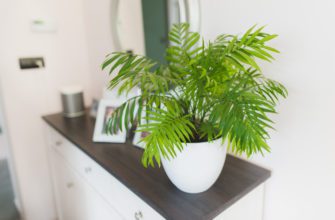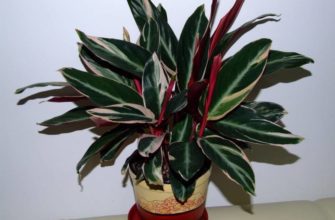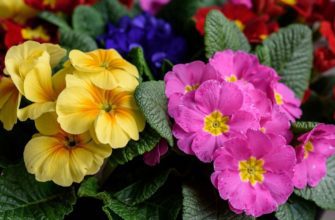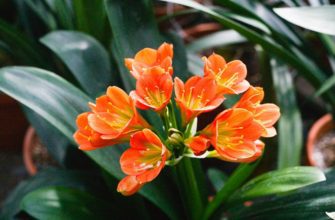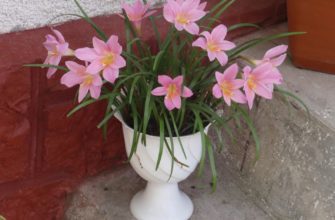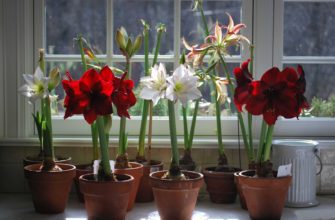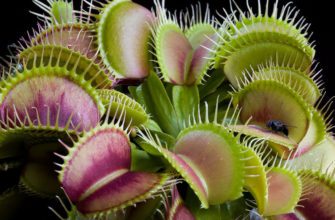Indoor gerbera is not just a charming plant with bright and large flowers, but also a popular choice among indoor plant lovers. Its rich flowers decorate the homes of many gardeners, bringing bright colors to the interior. Contrary to popular belief, caring for gerbera at home does not require much effort, but there are certain aspects that should be paid attention to. In this article, we will consider all the nuances of growing and caring for this wonderful plant so that it pleases you with its beauty for many years.
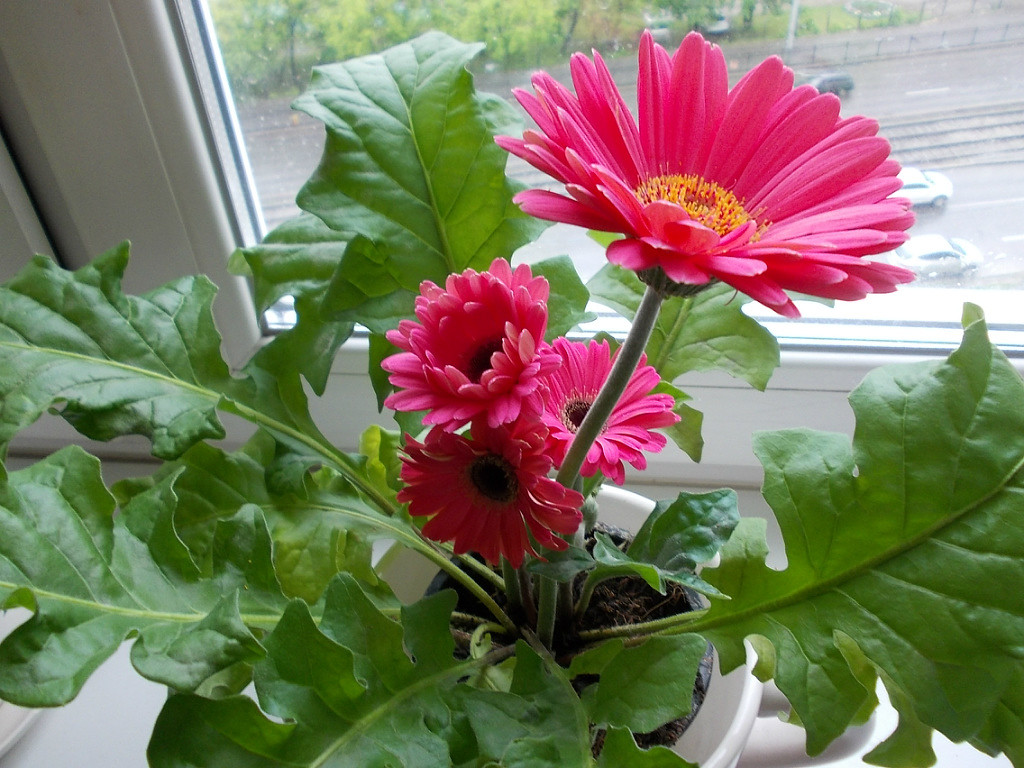
Description of Gerbera
Indoor gerbera is a perennial plant of the Asteraceae family, which has gained popularity due to its large, bright and rich flowers, reminiscent of miniature suns or rainbow fans.
These flowers can be of a wide variety of shades: from soft pink to deep red, orange or purple. Gerbera leaves are leathery, dark green, and form a small rosette at the base of the stem.
In natural conditions, gerbera grows in southern Africa, but thanks to selection work, many indoor varieties have appeared, adapted for growing at home.
Gerbera not only decorates the house with its bright flowers, but also serves as a great mood for the owners, adding notes of warmth and comfort to the interior.
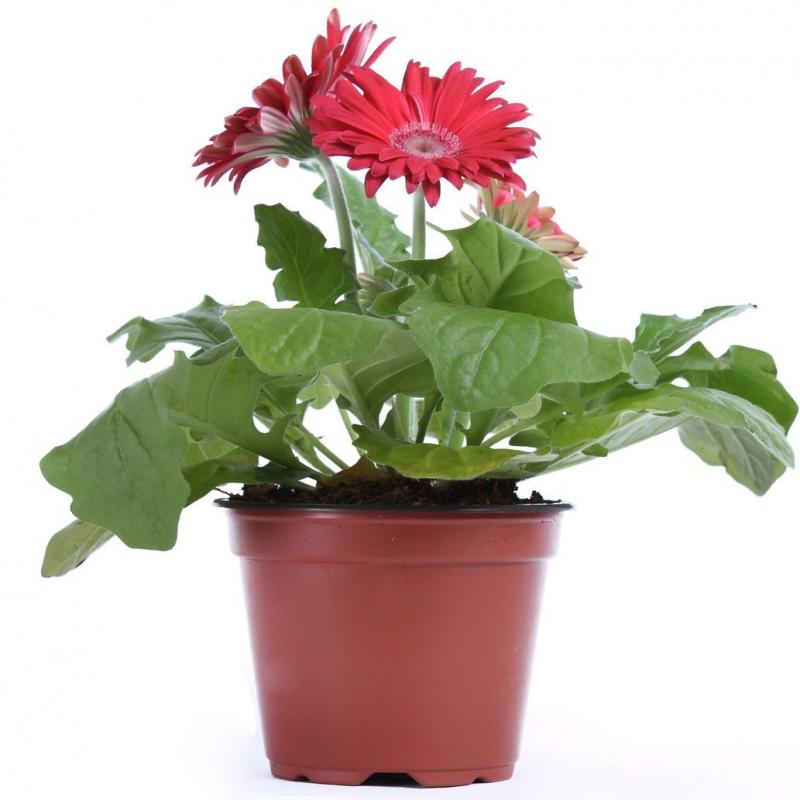
Gerbera care at home
Caring for gerbera at home requires thoroughness, but at the same time is not a difficult task for a gardener.
- Lighting: Gerbera prefers bright, diffused light. It is advisable to place it on a southern or southwestern window, but with protection from direct sunlight to avoid burns.
- Watering: Humidity is important for gerberas, but too much water can cause root rot. Water the plant when the top layer of soil becomes dry, but avoid standing water in the tray.
- Top dressing: During the period of active growth (spring-summer), it is recommended to feed the gerbera with complex mineral fertilizers once every two weeks.
- Temperature conditions: The ideal temperature for gerbera is 18-24°C. Avoid sudden changes and projects.
- Humidity: Although gerbera is tolerant of normal room humidity, it will benefit from regular misting of the leaves with soft water.
- Transfer: Repot your gerbera every 1-2 years, choosing a slightly larger pot and good drainage.
Pest control: Regularly inspect the plant for pests such as aphids or spider mites. At the first sign of a plant's health deterioration, treat it with specialized products.
By following these guidelines, you can keep your gerbera healthy and beautiful, making it a bright and joyful accent in your home.
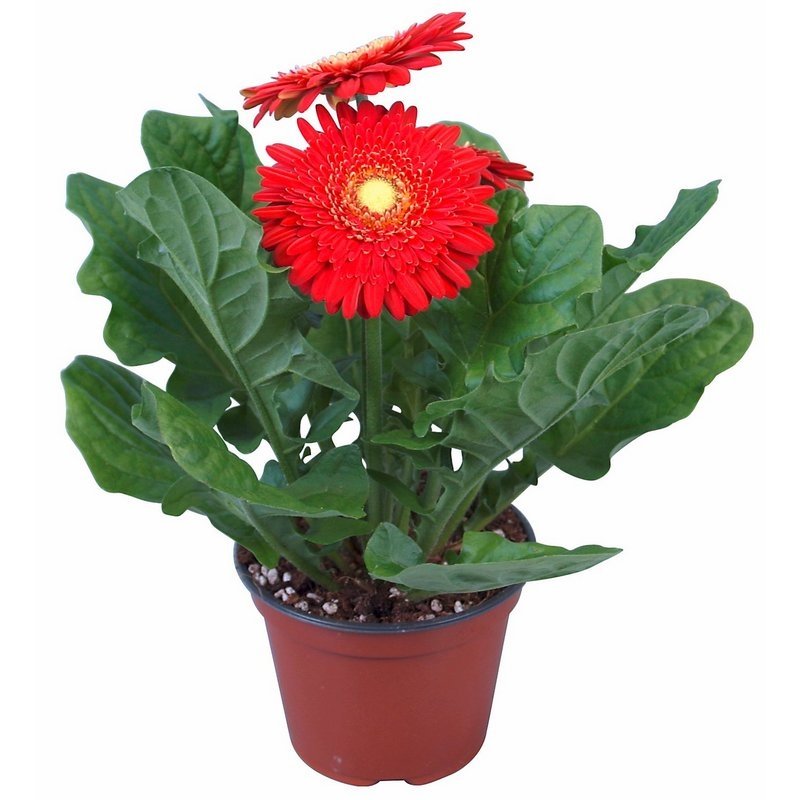
Features of soil for gerbera
Gerbera soil plays a key role in its successful growth and development. Given the natural preferences of this plant, special attention should be paid to the following aspects:
- Structure: Gerbera prefers light and loose soil. This structure provides good air exchange and prevents moisture stagnation, which is especially important for preventing root rot.
- Drainage: It is important to use a good drainage layer at the bottom of the pot, as gerbera is very sensitive to excess moisture. Fine gravel or hydrogel beads can be an excellent solution.
- Acidity: Gerbera prefers neutral or slightly acidic soil. The recommended pH level is between 6.0 and 7.0.
- Compound: The best option for gerbera is a specialized mixture for roses or pelargoniums with the addition of perlite or vermiculite to improve the structure. These components will help maintain the necessary humidity and at the same time prevent over-watering.
- Top dressing: Gerbera loves fertile soil, so regular fertilizing (especially during the period of active growth) will promote abundant flowering. However, you should avoid excess nitrogen in fertilizers, as this can lead to excessive growth of greenery at the expense of flowering.
Taking these features into account, choosing the right soil will provide the gerbera with comfortable conditions for growth and allow you to enjoy its bright and long flowering.
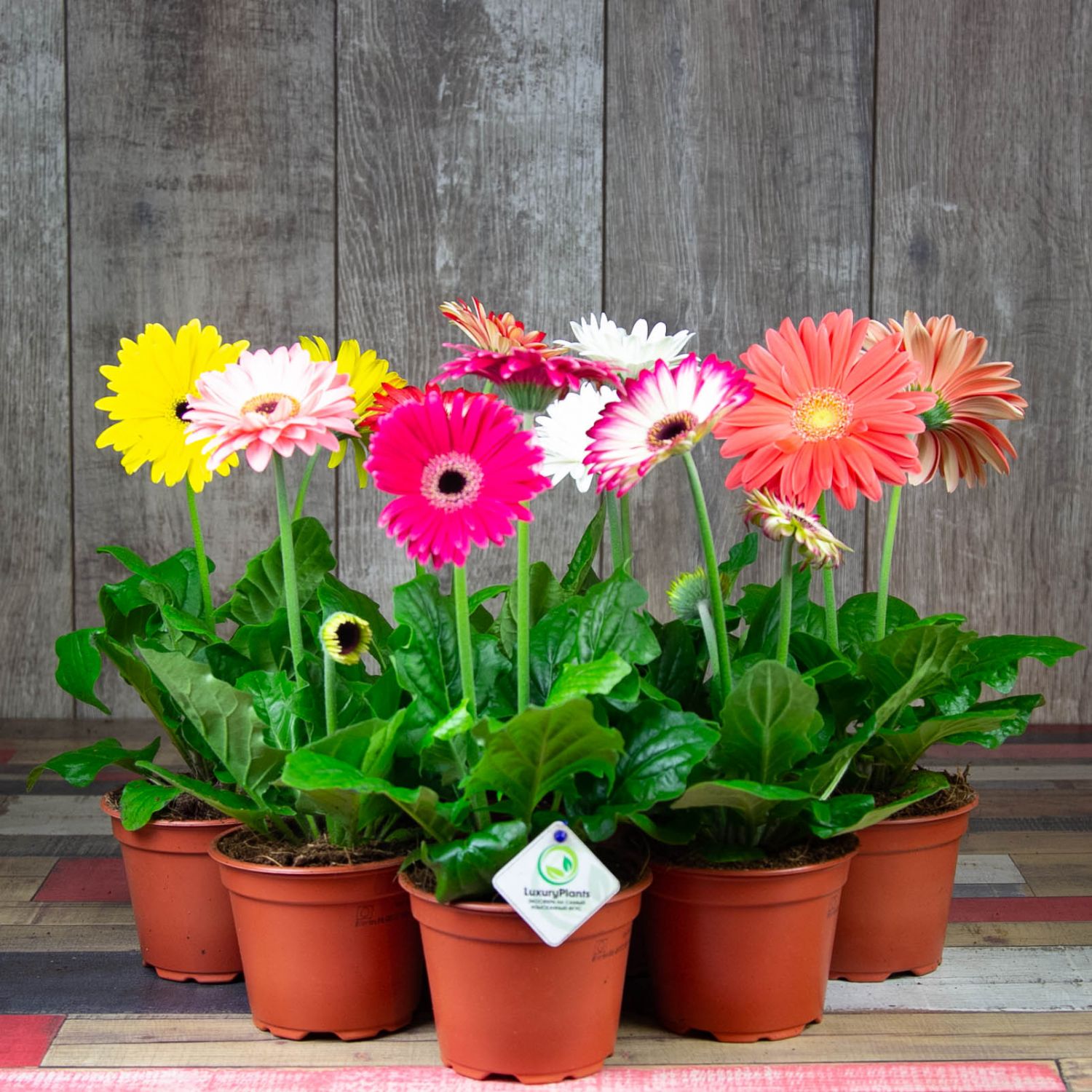
Selecting the optimal pot
Choosing a pot for your indoor gerbera is an important step that directly affects the health and well-being of the plant. Here are some key points to consider:
- Pot material: Gerbera thrives in clay or ceramic pots, as they allow the roots to "breathe" and prevent excess moisture. Plastic pots can also be used, but it is important to ensure that they are watered regularly to avoid overwatering.
- Drainage holes: Holes in the bottom of the pot are a must! They prevent water stagnation and the risk of root rot.
- Size: The pot for the gerbera should not be too big. It is better to choose one that is 2-3 cm wider than the root system of the plant. This will provide enough space for the roots to grow, but will not allow the soil to become over-moistened.
- Form: Gerberas have a relatively flat root system, so shallow pots are preferred.
- Appearance: When choosing a pot, also consider the aesthetic aspect so that it harmonizes with your interior and emphasizes the beauty of the gerbera.
- Pallet: Don't forget about a tray for the pot, which will collect excess water after watering. This will help prevent water from being smeared on the windowsill or floor.
A properly selected pot will help provide your indoor gerbera with optimal growing conditions and also highlight its natural beauty in your home.
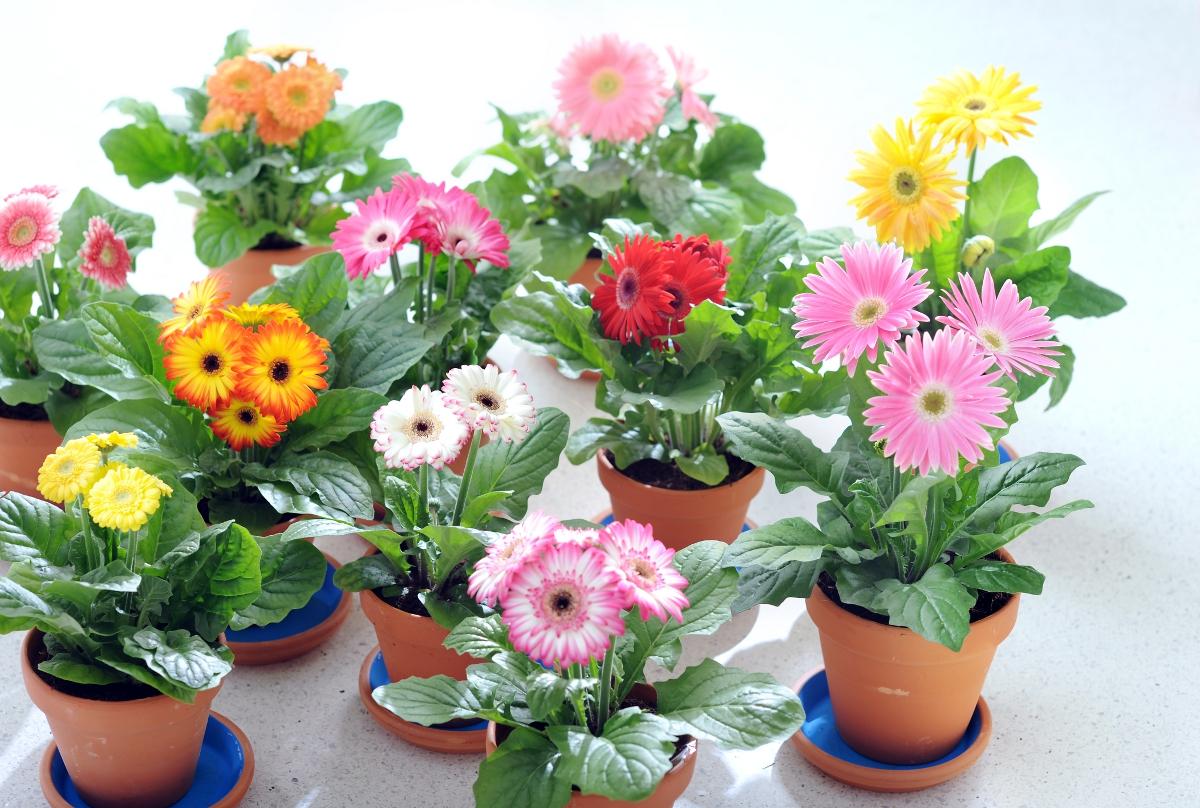
Features of growing gerbera from seeds
Growing gerbera from seeds is a fascinating and interesting process that allows you to get a plant with its own unique color and shape. However, for a successful result, it is important to consider the following features:
- Seed selection: First, you need to purchase high-quality and fresh gerbera seeds, preferably from reliable and proven sources.
- Preparation: Gerbera seeds are small, so they are conveniently sown on the surface of a moist substrate without deepening. Then they are lightly pressed into the soil.
- Germination conditions: Gerbera loves warmth, so the optimal temperature for seed germination is 20-22°C. Cover the container with seeds with glass or film to create a greenhouse effect.
- Watering: Moderate watering is important at all stages of gerbera growth, starting from the moment of sowing the seeds. It is important to avoid excess moisture, which can lead to rotting.
- Picking: As soon as the sprouts have their first true leaves, they should be transplanted into separate pots or boxes at intervals to allow for normal development.
- Lighting: After sprouting, gerbera needs bright but diffused light. Additional lighting may be required in winter.
- Transfer: When a plant becomes too large for its pot, it should be repotted into a larger pot with good drainage.
- Diseases and pests: Like all plants grown from seeds, gerberas can be susceptible to various diseases and pests. Regular inspection and timely intervention will help maintain the health of the plant.
In addition to these recommendations, patience is important, as gerbera from seeds will begin to bloom, as a rule, in the second year after sowing. But the result is certainly worth it: bright and large gerbera inflorescences grown with your own hands will bring joy and satisfaction from gardening work.
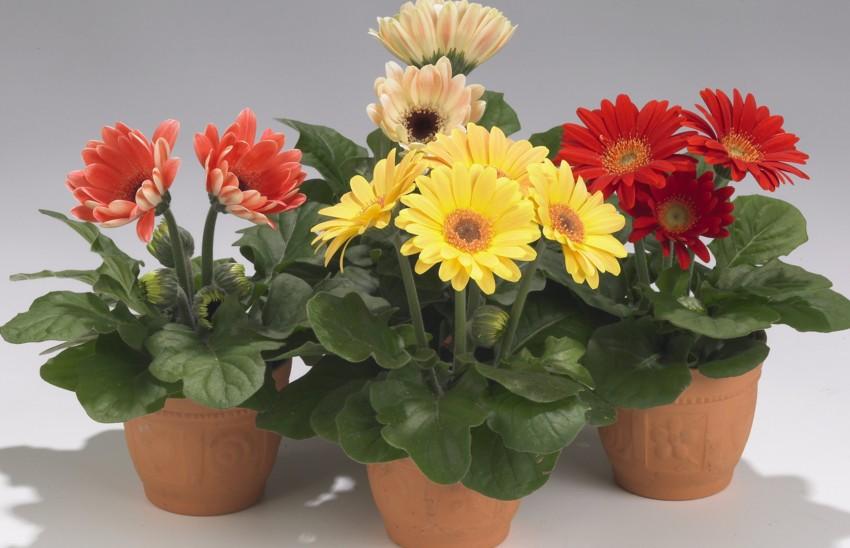
General care tips
Conclusion
Growing gerberas at home is not only an opportunity to enjoy their beauty every day, but also a wonderful experience for a gardener. By following the recommendations and advice in this article, you can provide your plant with comfortable conditions and a long life. Gerbera is a symbol of joy and positivity, and by giving it a little attention, you will receive in return a bright and healthy plant that will delight you year after year.

